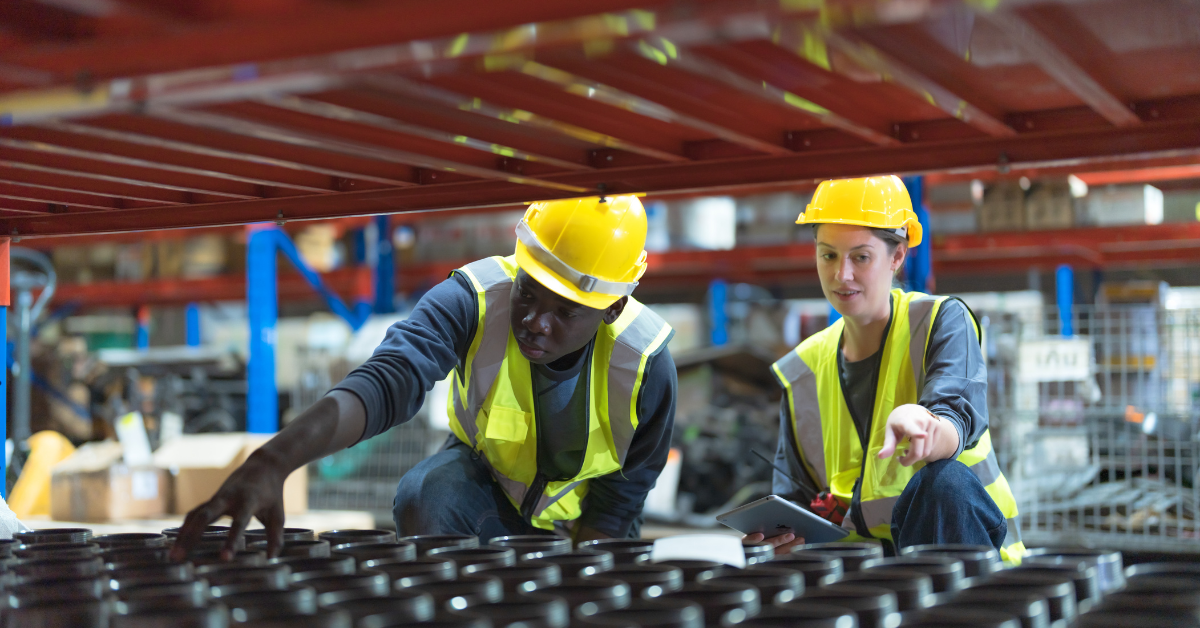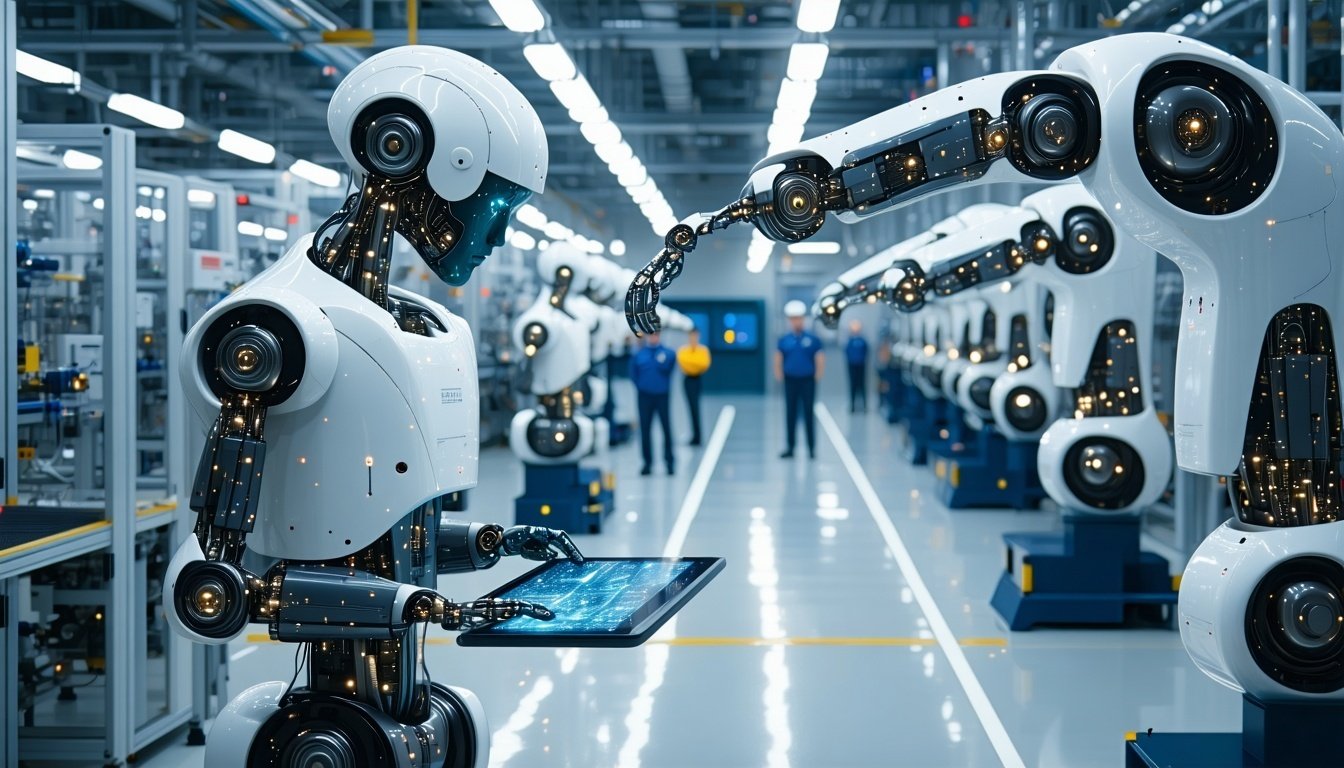Why It’s Time for Manufacturing to Return to Australia
Australia is at a turning point. After decades of seeing our manufacturing capabilities eroded by offshoring and globalisation, we are now witnessing the early stages of a revival—one driven by necessity, innovation, and a renewed belief in Australian capability. The time is right—and ripe—for manufacturing to return to Australia.
The Case for Re-Onshoring Manufacturing
For many years, economic pressures encouraged Australian manufacturers to shift operations offshore. Lower labour costs, larger industrial bases, and economies of scale made countries like China, Vietnam, and India attractive destinations for production. Meanwhile, here at home, we saw factory closures, job losses, and an erosion of our national capability to make complex products.
But the tide is turning. The vulnerabilities exposed by the COVID-19 pandemic—disrupted global supply chains, PPE shortages, and the reliance on overseas components—reminded all of us, from government to business leaders to everyday consumers, that sovereign capability matters. A country that cannot make what it needs, when it needs it, is at the mercy of global forces beyond its control.
Now, with a new generation of technology, changing economic conditions, and rising geopolitical tensions, there is both the opportunity and the necessity to bring manufacturing back to our shores.
The Shift to High-Value, Technology-Intensive Manufacturing
Let’s be clear: manufacturing in Australia today doesn’t mean returning to the assembly-line factories of the past. Our comparative advantage will never be in mass-producing low-cost consumer goods. Instead, the new era of Australian manufacturing is about high-value, technology-intensive production.
We are seeing growth in sectors such as advanced medical devices, aerospace components, electric vehicles, renewable energy systems, and defence technology. These are industries where precision, innovation, and quality matter more than cost alone—and where Australia can lead.
We need to transition from traditional fabrication to smart manufacturing, investing in robotics, additive manufacturing (3D printing), and digital twin technology. This shift will allow us to produce complex parts with lower turnaround times, tighter tolerances, and greater flexibility. More importantly, it has opened doors to export markets and enabled us to compete on value—not price.
Embracing Industry 4.0
The emergence of Industry 4.0—where cyber-physical systems, the Internet of Things (IoT), and AI converge—is levelling the playing field. Automation and smart technologies can offset the cost disadvantages of operating in Australia. In fact, a well-run Australian smart factory today can be more productive than a traditional plant in a low-wage country.
But embracing Industry 4.0 isn’t just about hardware and software—it’s about people. Upskilling our workforce is critical. The future of Australian manufacturing will depend on technicians, engineers, data scientists, and systems thinkers. We should make it a priority to partner with TAFEs and universities to create training pipelines that align with our technology roadmap. Investing in people is just as important as investing in machinery.
Sustainability as a Competitive Advantage
Sustainability is no longer a box to be ticked; it’s a market driver. Consumers and global buyers are increasingly demanding transparency, ethical sourcing, and low-carbon footprints. Australia has a unique opportunity here: we can build a green manufacturing industry powered by renewable energy, supported by strict environmental standards, and backed by a culture of innovation.
The Role of SMEs in the Rebirth
While large manufacturers often grab headlines, small and medium-sized enterprises (SMEs) are the backbone of the Australian industrial landscape. They are nimble, innovative, and embedded in their local communities. Any strategy to bring manufacturing back must include support for SMEs—through access to capital, export assistance, and digital transformation resources.
Looking Ahead: A Call to Action
Bringing manufacturing back to Australia is not about nostalgia. It’s about building a resilient, innovative, and sustainable economy that provides high-quality jobs and secures our future in an uncertain world.
But it won’t happen by accident. It requires deliberate effort, investment, collaboration, and a clear vision.
We have the tools. We have the talent. And now, we have the will.
The return of manufacturing to Australia is not just possible—it’s already happening. Let’s make sure we do it right.
.png?width=190&name=IPA%20Logo%20Transparent%20(Hi-Res).png)




.jpg)
